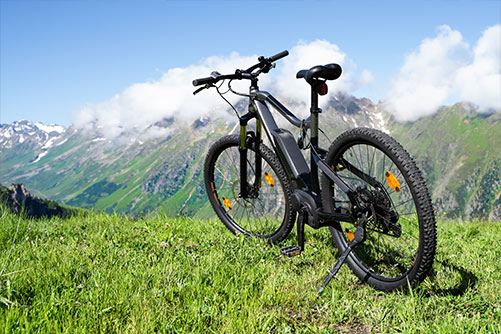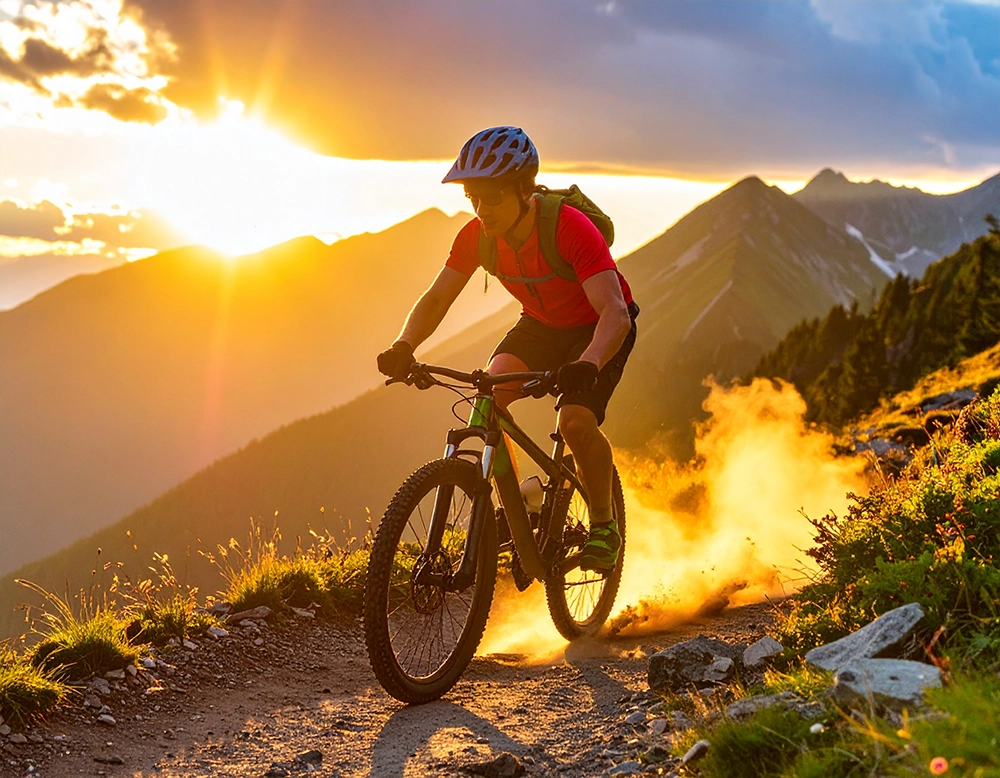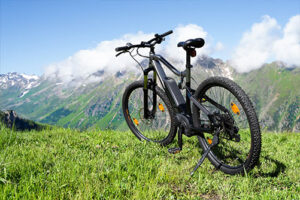Mountain biking is an exhilarating way to explore nature, push your limits, and experience the thrill of speed and technical terrain. With the rise of electric mountain bikes (e-MTBs), riders now have even more power to conquer steep climbs, extend their range, and tackle trails that were once too demanding. But with so many options available, one of the biggest decisions you’ll face is whether to go with a hardtail or full-suspension e-MTB.
Each design has its strengths and weaknesses, and the best choice depends on your riding style, budget, and the type of terrain you plan to tackle. In this guide, we’ll break down the key differences, pros and cons, and help you decide which e-MTB is right for you.
Hardtail E-MTBs: Lightweight, Efficient, and Budget-Friendly
A hardtail e-MTB features a front suspension fork but lacks rear suspension, making it simpler and more efficient in many riding scenarios.
Advantages of Hardtail E-MTBs
- More Efficient Power Transfer – Without rear suspension, less energy is lost when pedaling, making hardtails better for climbing and long-distance rides.
- Lighter Weight – Fewer components mean a lighter bike, which is easier to maneuver and carry when needed.
- Lower Cost – Hardtails are generally more affordable than full-suspension models, making them a great entry point for new e-MTB riders.
- Easier Maintenance – With no rear shock or pivot points, there are fewer parts to service or replace.
Better for Smooth to Moderate Trails – If your rides consist of fire roads, flowy singletrack, or light technical sections, a hardtail can handle it with ease.
Disadvantages of Hardtail E-MTBs
- Less Comfort on Rough Terrain – Without rear suspension, bumps and vibrations transfer directly to the rider, which can be fatiguing on long, rocky descents.
- Reduced Traction on Loose or Technical Sections – The rear wheel may bounce or lose grip on steep, uneven terrain.
- Not Ideal for Aggressive Downhill Riding – If you love big drops, rock gardens, or high-speed descents, a hardtail may feel unstable.
Best Riders for Hardtail E-MTBs
- Beginners looking for an affordable entry into e-MTBing.
- Cross-country and endurance riders who prioritize efficiency and speed.
- Commuter-trail hybrids who ride a mix of pavement and light off-road trails.
Full-Suspension E-MTBs: Maximum Control and Comfort
A full-suspension e-MTB has both front and rear suspension, absorbing impacts and providing better traction on rough terrain.
Advantages of Full-Suspension E-MTBs
- Superior Comfort – The rear shock soaks up bumps, reducing fatigue on long rides and rough descents.
- Enhanced Traction & Control – The rear wheel stays planted, improving grip on loose, rocky, or root-covered trails.
- More Confidence on Technical Terrain – Ideal for aggressive riders who tackle steep climbs, drops, and high-speed downhill sections.
- Better for Long Rides – Reduced impact means less strain on your body, allowing you to ride longer.
Disadvantages of Full-Suspension E-MTBs
- Higher Cost – The added suspension components increase the price significantly.
- Heavier Frame – The extra mechanics add weight, which can affect climbing efficiency (though the motor helps compensate).
- More Maintenance – Rear shocks and pivot points require regular servicing to maintain performance.
Best Riders for Full-Suspension E-MTBs
- Trail & enduro riders who enjoy technical descents and varied terrain.
- Downhill enthusiasts who want maximum control at high speeds.
- Adventure riders tackling long, rugged backcountry routes.







